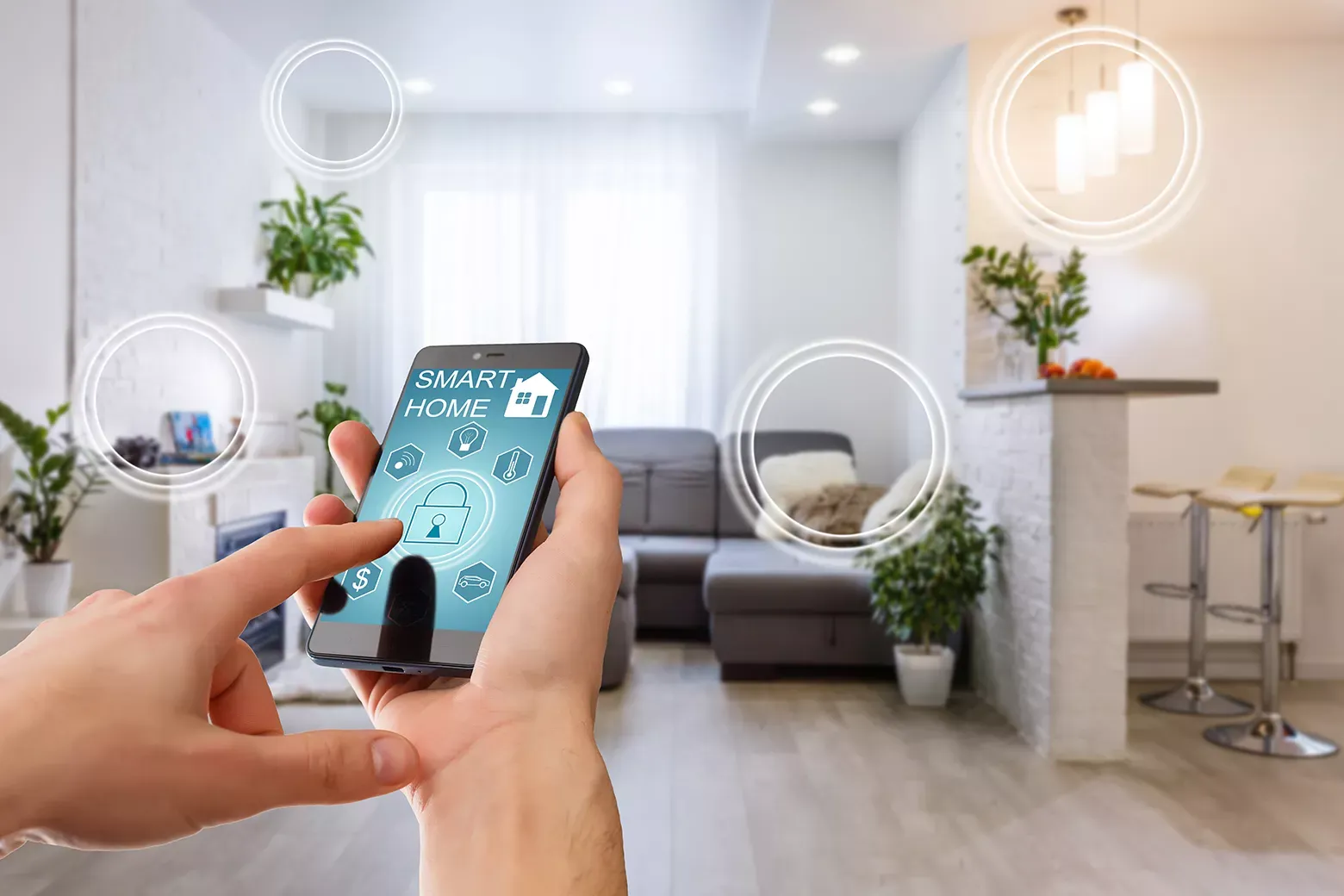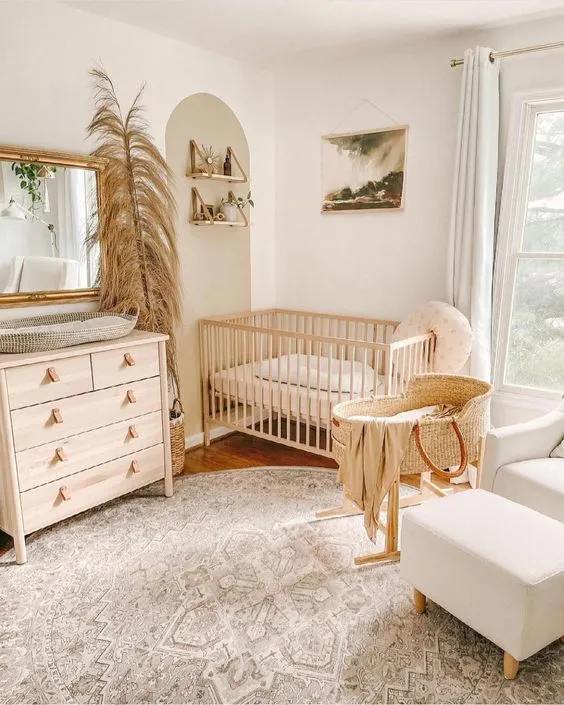There can be your advertisement
300x150
How to Protect Your Smart Home from Cyber Threats
Having a smart home is useful for many reasons: it allows you to better control your life, gain more insight into your habits, and even protect your property. However, if you want maximum protection, additional measures are needed to ensure the security of your smart home from cyber threats. You need a strong cybersecurity strategy for your smart home.
How to create such a strategy?
Having a smart home is useful for many reasons: it allows you to better control your life, gain more insight into your habits, and even protect your property. However, if you want maximum protection, additional measures are needed to ensure the security of your smart home from cyber threats. You need a strong cybersecurity strategy for your smart home.

How to create such a strategy?
Why Smart Homes Are Vulnerable
Let's start with why smart homes are especially vulnerable to cyber threats.
- Dependency on external systems. First, using smart home technologies means relying on many different third-party providers. You may have devices from companies like Apple, Google, Amazon and numerous lesser-known startups operating simultaneously. Many of these companies have a solid track record in cyber security and user privacy protection. But just one mistake can lead to disaster. If even one of your devices or software solutions has a vulnerability, the security of your smart home may be at risk.
- Network accessibility. If your home is set up like most smart homes, all your devices are connected to one network. That's the same network used by your laptop, phone and other personal devices. Theoretically, if an attacker gains access to one device in your network, they can gain access to the entire network, including devices with sensitive personal information.
- Multiple points of vulnerability. Additionally, smart homes with many independent devices suffer from multiple points of vulnerability. You might have excellent security practices for your laptop and smartphone, but what about the refrigerator? All it takes is one weak link in the chain for a cybercriminal to gain access.
How to Make Your Smart Home More Secure
What steps can you take to make your smart home more secure?
- Check new devices and services before purchasing. Before buying any new device or service, conduct thorough research. What do you know about the company offering this device or service? What is their history? Have they had data breaches in the past, or have customers raised privacy and security concerns? What reviews and recommendations can you find? What security standards are applied to ensure that this device or service is not compromised?
- Secure your home network. This is a standard best practice, even if you don't have smart home technologies in your house: secure your home network. Simply adding a password to your home network and ensuring it is long enough and complex can significantly increase the security of your home.
- Effective password management. Similarly, it's important to manage passwords effectively, not only for your network but also for all your accounts. You should never use the same password for multiple accounts, and all your passwords must be unique, complex, and long with a large number of characters and various types of symbols. Also, you should never voluntarily share your password with another person.
- Use multi-factor authentication. Multi-factor authentication is a security option that requires multiple forms of identity verification before granting access to an account. For example, in addition to entering a username and password, you may need a special code sent to your phone or email address. While this might be slightly annoying if you're aiming for faster login, it significantly increases your security level.
- Enable automatic updates. Cybercriminals often gain access to devices and systems through existing vulnerabilities. Software developers quickly identify such vulnerabilities and patch them, but these fixes are only effective if you actually apply them. Therefore, it's important to enable automatic updates and ensure all your devices and systems are always up-to-date.
- Segment your network. Consider segmenting your home network so smart devices are on a separate network from your personal devices. One way to do this is by setting up a guest Wi-Fi network, which will only take a few minutes of your time.
- Monitor for unusual activity. Use active monitoring to watch for any unusual activity. Did you notice a sudden drop in performance on some of your devices? Is there an unexpected spike in traffic that doesn't make sense?
- Train other family members. Ultimately, ensure that all other members of your family are trained and ready to follow these best practices.
There is no such thing as a completely secure smart home, because nothing in the digital world is ever fully protected. But you can significantly reduce your vulnerabilities to common types of smart home attacks even with just a few simple strategies.
More articles:
 How to Create a Harmonious Bathroom
How to Create a Harmonious Bathroom How to Properly Decorate a Child's Room in Neutral Colors
How to Properly Decorate a Child's Room in Neutral Colors How to Decorate a Small Balcony with Plants
How to Decorate a Small Balcony with Plants How to Properly Design the Ideal Terraced Garden Area
How to Properly Design the Ideal Terraced Garden Area HOW TO DESIGN A KITCHEN WITH A WORKSPACE
HOW TO DESIGN A KITCHEN WITH A WORKSPACE How to Decorate a Bedroom: Ideas for Warmth and Individuality
How to Decorate a Bedroom: Ideas for Warmth and Individuality How to Decorate Any Room in the House with Round Mirrors
How to Decorate Any Room in the House with Round Mirrors How to Decorate with Concrete-Style Tiles?
How to Decorate with Concrete-Style Tiles?